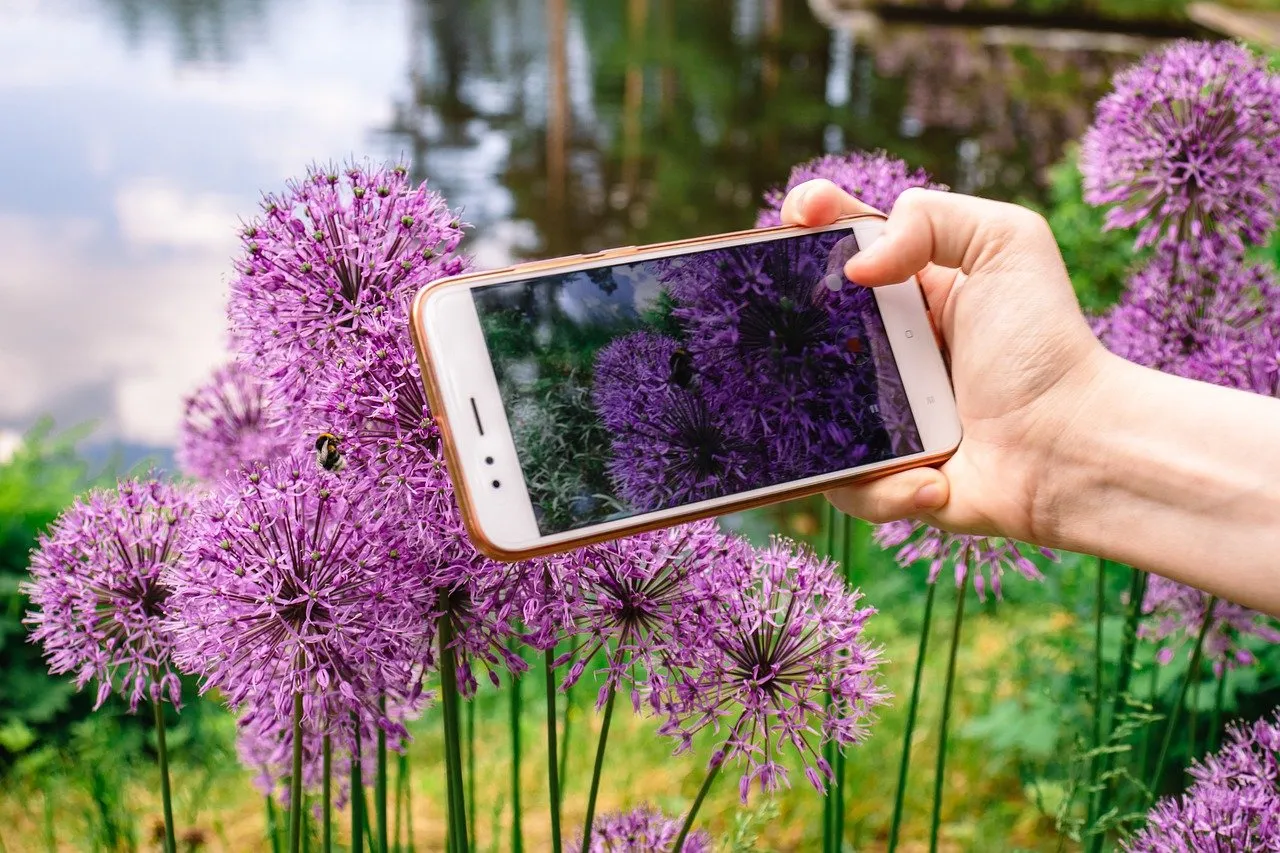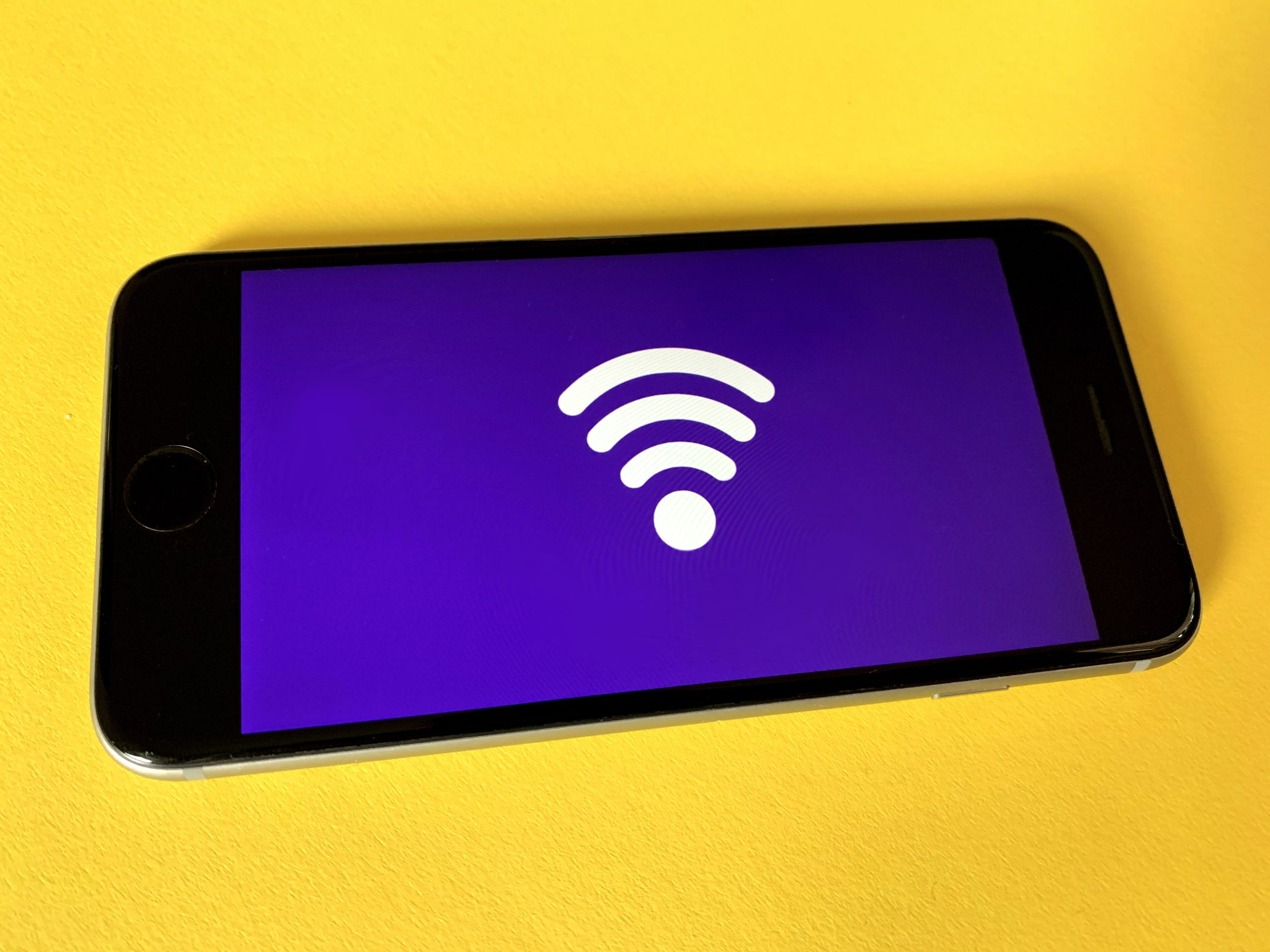The use of apps in conjunction with portable ultrasound devices is revolutionizing access to medical diagnostics, especially in low-income settings or in situations where traditional ultrasound equipment is not available. While these apps do not replace traditional ultrasound devices, they provide a practical solution when used with compatible ultrasound devices. Here are some examples of apps and systems that enable ultrasounds to be performed using mobile technologies.
Philips Lumify
Philips Lumify is an innovative ultrasound system that works with a transducer connected directly to a compatible Android device. The Lumify app, available on the Google Play Store, turns your smartphone or tablet into a high-performance ultrasound tool. It is ideal for doctors and healthcare professionals who need a portable and affordable solution to perform ultrasound exams on the go.
Butterfly iQ
Butterfly iQ is a unique ultrasound device that connects to an iPhone or iPad and uses a single transducer with array-on-chip technology to perform a variety of exams, from abdominal to cardiac. The Butterfly iQ app comes with the device and allows healthcare professionals to view ultrasound images, make notes, and share results with other clinicians.
Clarius Mobile Health
Clarius Mobile Health Clarius, Inc. offers a line of portable ultrasound scanners that connect wirelessly to smartphones or tablets via a dedicated app. The Clarius app is designed to be intuitive and easy to use, providing high-quality ultrasound images for a wide range of medical specialties, including emergency, primary care, and obstetrics.
SonoSite
SonoSite SonoSite, Inc. manufactures portable ultrasound devices that are known for their ruggedness and image quality. While SonoSite devices do not connect directly to a smartphone app, the company offers portable solutions that are small and lightweight enough to be easily transported and used in conjunction with existing software and hardware in a medical setting.
Conclusion
These app-enabled, portable ultrasound systems are transforming the way healthcare is delivered by making ultrasound technology more accessible and available outside of traditional clinical settings. Importantly, these devices must be used by trained and qualified healthcare professionals to ensure diagnostic accuracy and patient safety.



